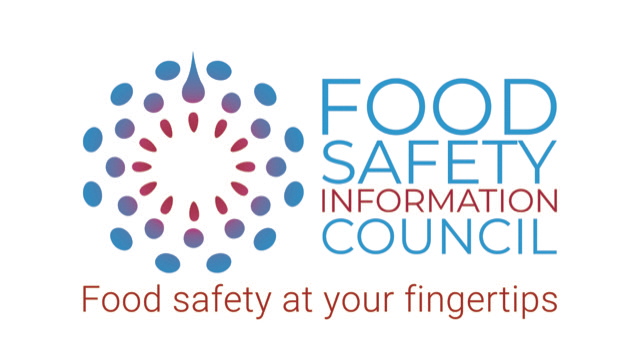Staphylococcus aureus

Staphylococcus aureus, also known as ‘Golden staph’, is a bacterium that can cause important clinical conditions including food poisoning. About a third of us carry this organism in our skin, hair, nose, and throat where it usually present in low numbers and causes no harm unless it invades the body. If you have an infected cut or sore, or a sty though it can contain very large numbers of Staphylococcus aureus.
Animals and poultry also carry this bacterium on their bodies and all raw meat and poultry products should be handled as though they are contaminated. Raw milk and some cheeses can also be a source of this bacterium.
Staphylococci can grow quickly in moist and nutritious foods and as it grows it produces a heat stable toxin. It is the toxin in the food that makes you sick. The staphylococci are killed by cooking and pasteurisation. In contrast, the toxin remains active even after severe heating. This means that if staphylococci are allowed to grow in food the toxin will remain even if the food is cooked or re-heated again. The toxin takes only a very short time to make you sick (one to six hours) and causes nausea, vomiting, abdominal cramps and diarrhoea as the usual symptoms.
Foods that are linked with outbreaks have commonly been those that have been cooked, further prepared with direct contact with hands, and held unrefrigerated in the temperature danger zone for extended periods of time. Staphylococci will grow in salty and sweet foods, and examples that have caused outbreaks include those containing custard, and cream-filled bakery products, ham, frankfurters, salads with ham, egg, tuna, chicken, cheese, potato and pasta, etc.
Prevention of staphylococcal intoxication includes practicing food safety rules (cook, chill, clean and separate) and, in particular, thorough hand washing before handling food, and not handling food if you have a nose or eye, skin or wound infection.
